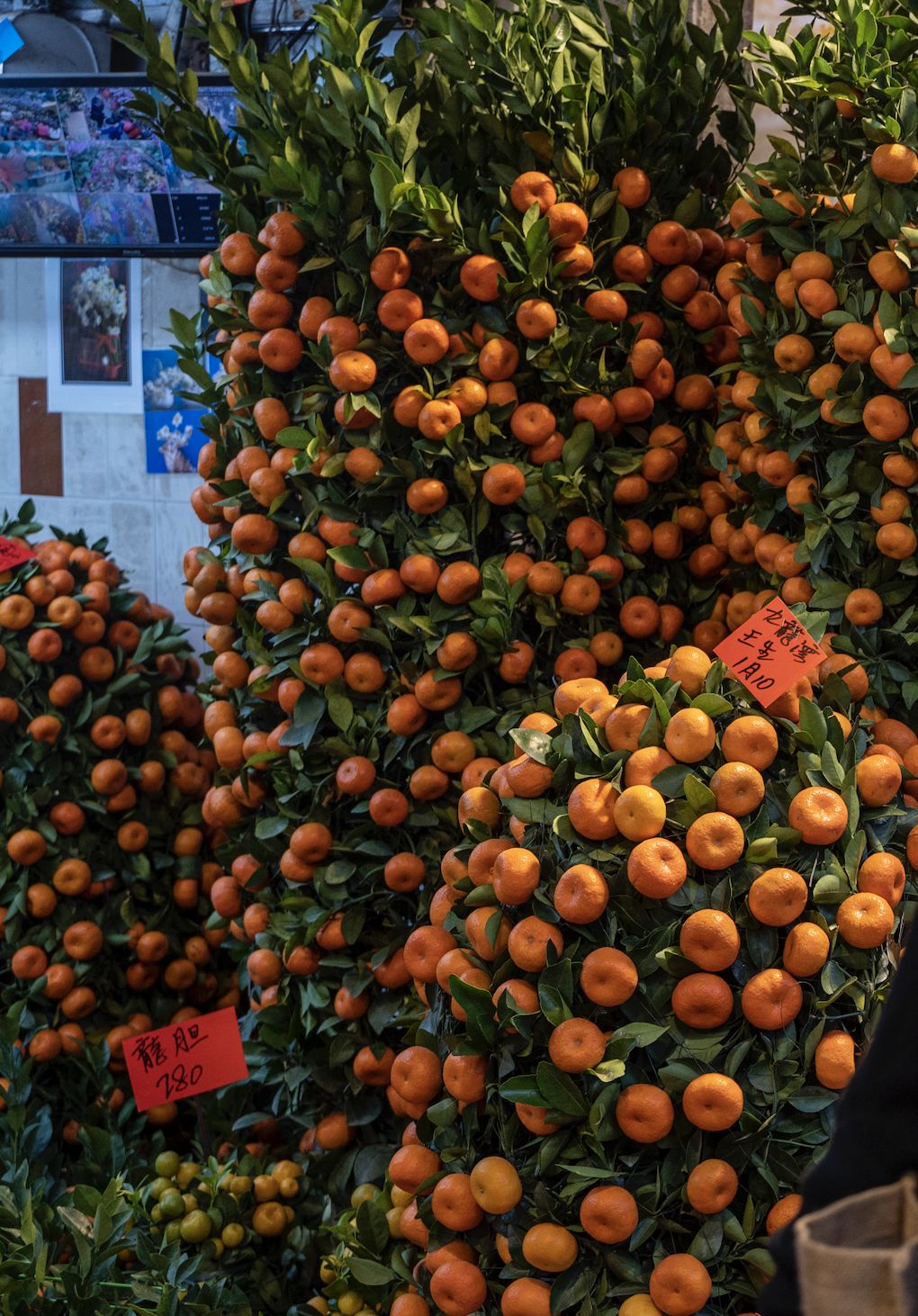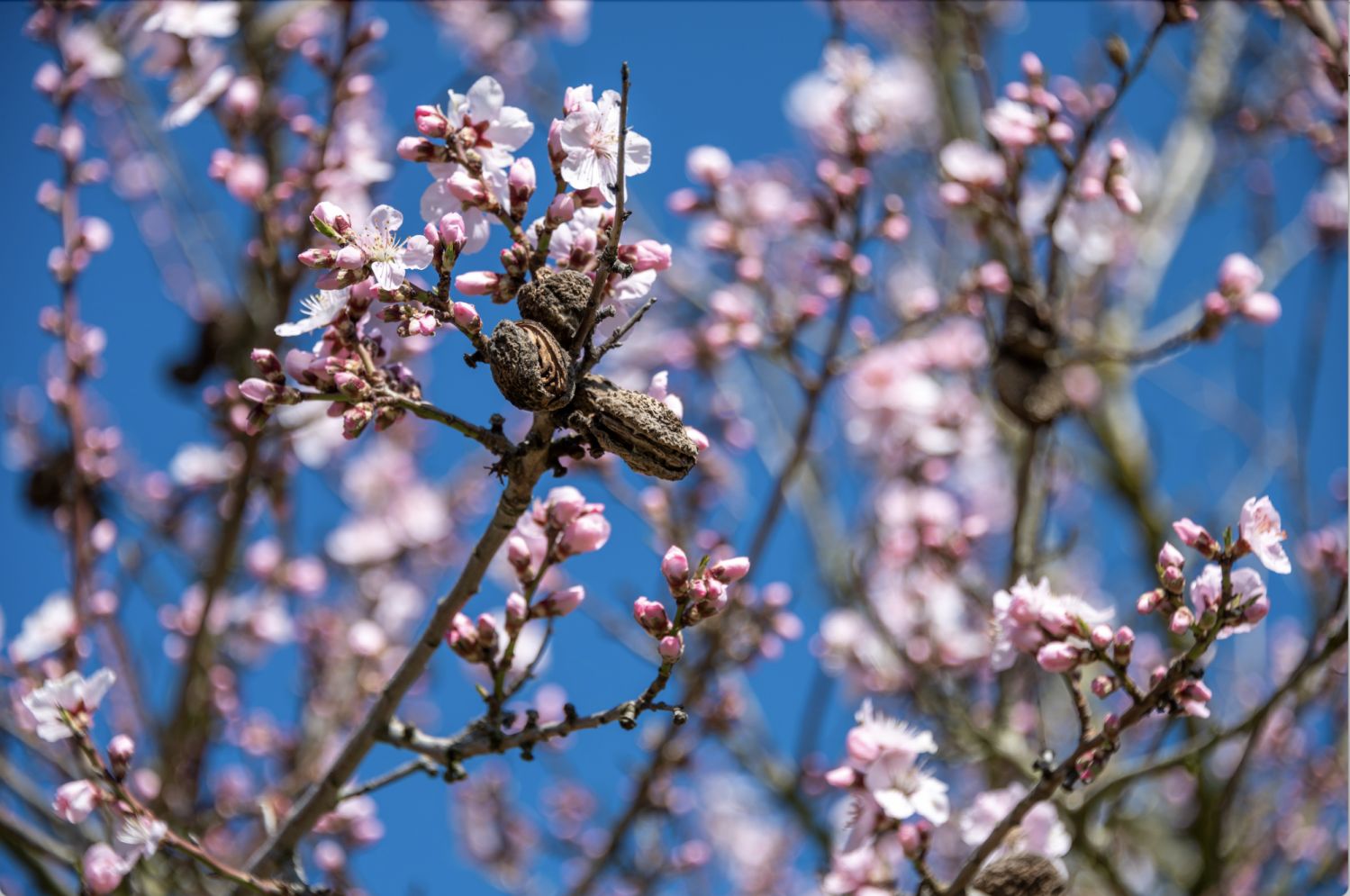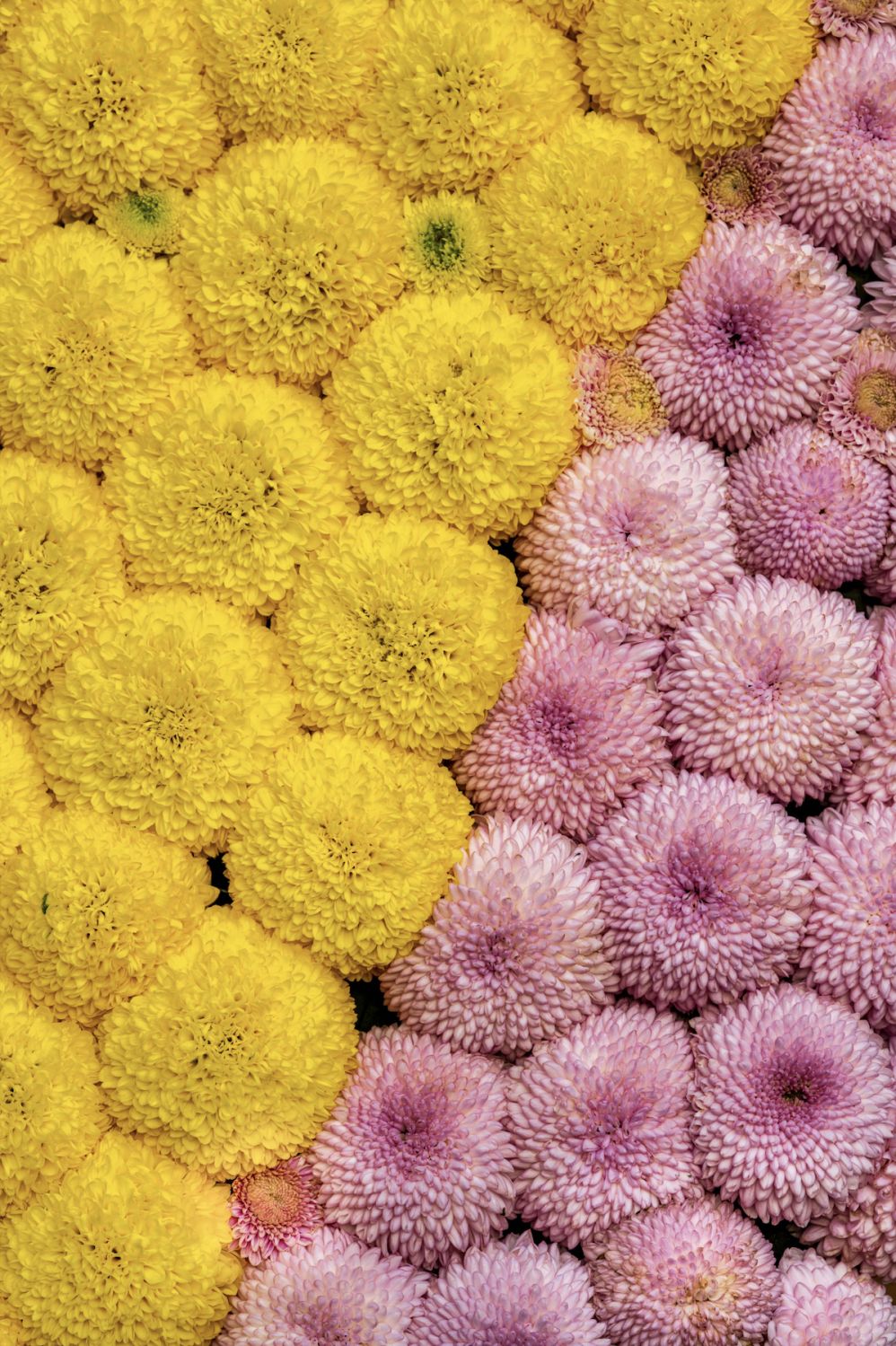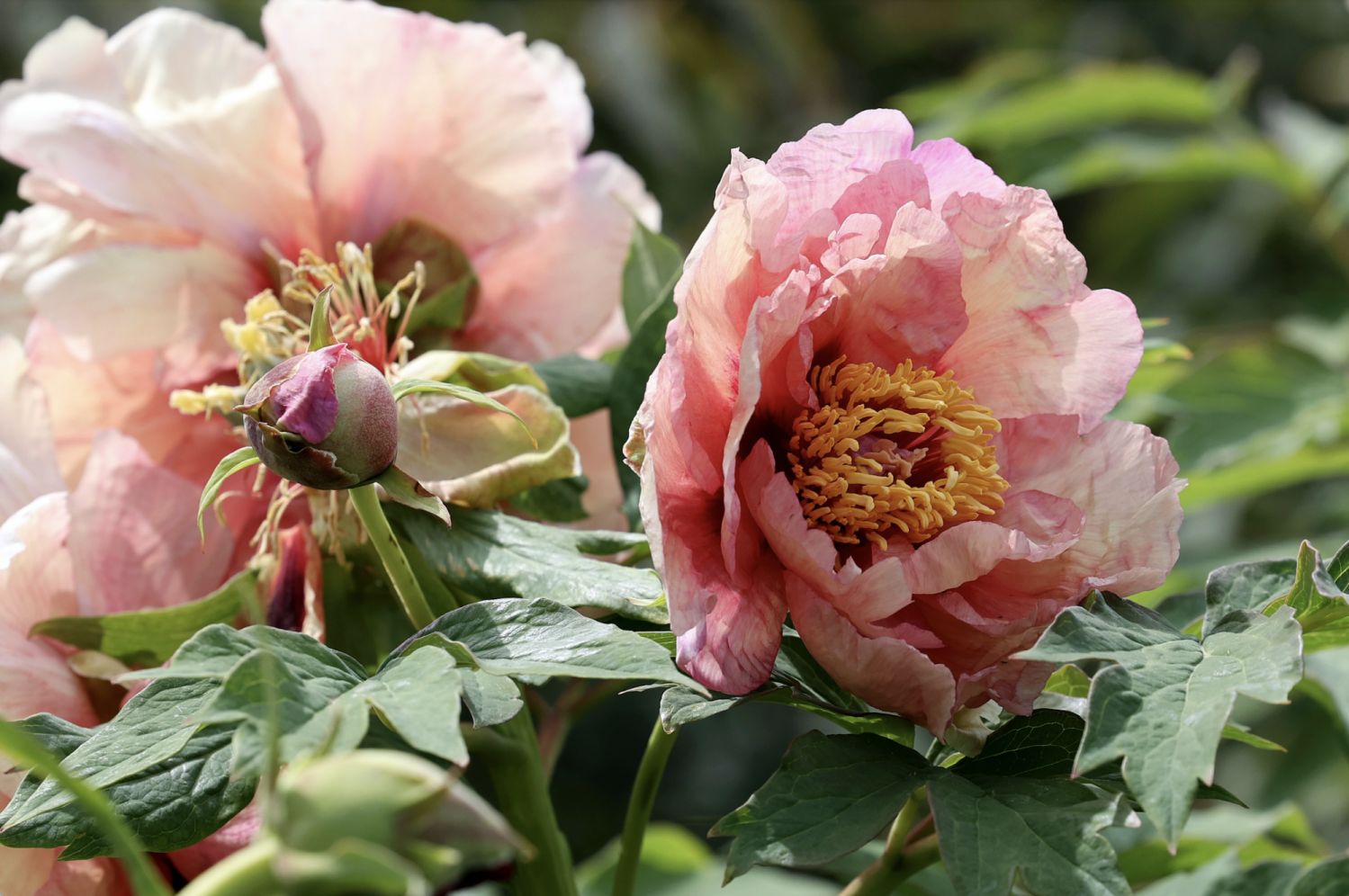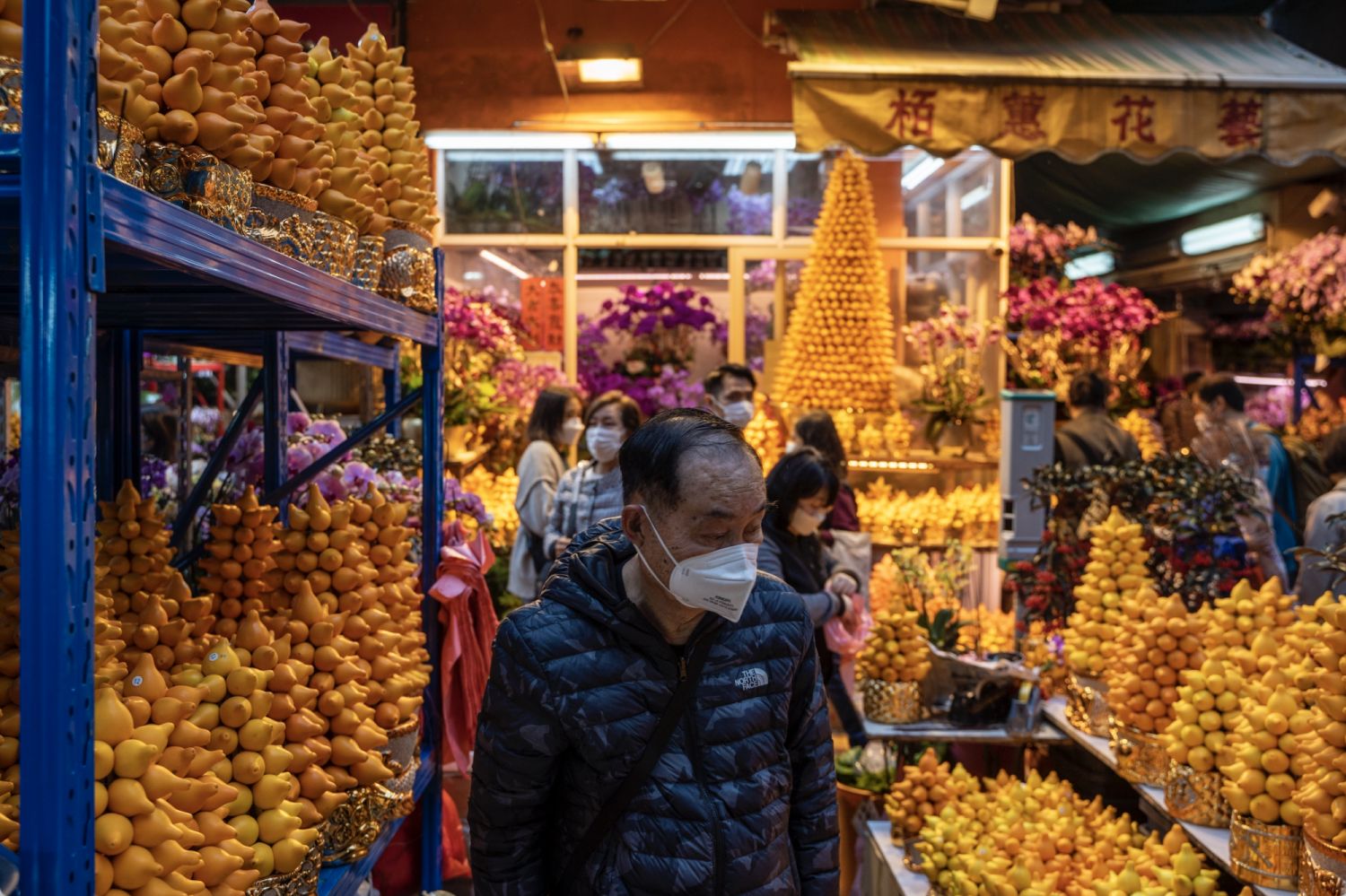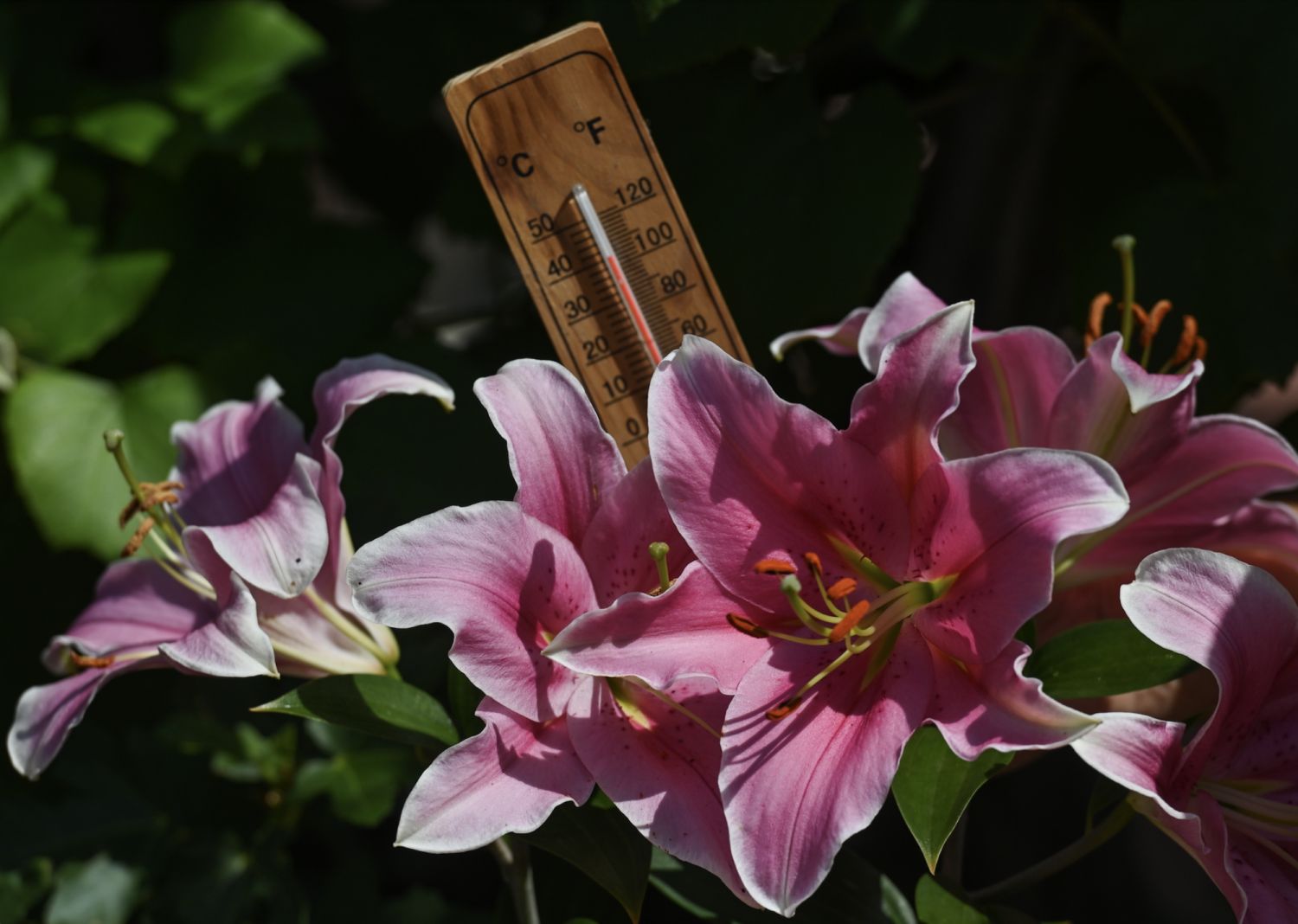Ever wonder why it is always orchids, clementines, peonies and cherry blossoms that take over whenever Chinese New Year rolls around? It is for symbolic or traditional meanings that help usher in luck, happiness and more
Every year thousands descend upon the flower markets in Victoria Park and Mongkok hoping to take home the best selection of spring blossoms. But flowers aren’t for decorative purposes alone over Chinese New Year. In the Chinese culture they also carry symbolic meanings, blessings and interesting legends.
Impress your family, friends and loved ones this year with a gift of flowers that come with extra thought behind its selection that’s carefully chosen for them.
In case you missed: Chinese New Year 2023: Here are 7 creative activities for a fun-filled Year of the Rabbit
1/ Orchid
While orchids come in a wide variety and are hugely popular for their bright and happy colours, the bright purple and red ones are most coveted because they represent prosperity or smooth sailing in one’s career. A common variation in the markets is moth orchids—named for how its petals resemble a resting moth—which are one of the easiest types of orchids to take care of because they are relatively drought resistant. If you don’t have much room for indoor plants, the smaller vanda orchids are a great choice, and they’re adorable, too.

2/ Clementine
The Chinese name for these dainty mandarin oranges—“ji” in mandarin and “gut” in Cantonese—is a homonym for “luck”. Giving your friends and families a clementine tree is a gesture of sending them a pot of luck. A cluster of yellow or orange fruits on a tree is also considered a lucky sight as it symbolises “a tree of gold”.

